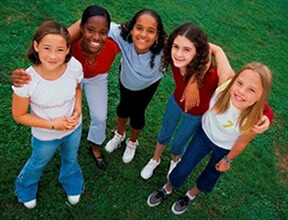Check out the geography lesson plan for the 6th year of elementary school, according to the BNCC - National Common Curricular Base.
The plan brings a suggested approach and direction for the class, with a fixation activity at the end.
| Geography Lesson Plan (6th grade) - Water Cycle | |
|---|---|
| Theme | connections and scales |
| knowledge objects | Relationships between physical and natural components |
| Ability | (EF06GE04) Describe the water cycle, comparing surface runoff in urban and rural environments, recognizing the main components of the morphology of basins and hydrographic networks and their location in the modeling of the earth's surface and the vegetal cover. |
| Goals |
|
| Content |
|
| Duration | Approximately 2 lessons of 50 minutes each. |
| Didactic resources |
|
| Methodology |
|
| Assessment |
|
| References |
See also in Toda Matter:
|
Activity - Homemade Water Filter
Necessary material: Pet bottle, large and small stones, sand, earth, powdered charcoal and cotton.
First step: mixing water with soil to make the water dirty.
Second step: after cutting the bottom of the pet bottle, with its "mouth" facing down, place in the following order: cotton, powdered charcoal, sand, smaller stones and, on top, the larger stones.
Third step: pour the soiled water into the cut part of the bottle. After a few seconds, the water will come out much cleaner from the bottom.
Remember that this is a home filtering process, not a professional one. Therefore, "filtered water" is not suitable for human consumption, it is just a recreational activity for students to observe.
See too:
- Lesson plan (how to, model and examples)
- Geography lesson plan (6th grade) - Landscape
- Geography Lesson Plan (6th grade) - Earth Movements and Climate
- Geography Lesson Plan (6th grade) - Climate, Relief and Vegetation
Bibliographic references
BRAZIL. Ministry of Education. Common National Curriculum Base. Brasilia, 2017.
Geography Lesson Plan (6th grade) - Water Cycle.All Matter, [n.d.]. Available in: https://www.todamateria.com.br/plano-de-aula-geografia-ciclo-da-agua/. Access at:
See too
- Geography Lesson Plan (6th grade) - Earth Movements and Climate
- Geography lesson plan (6th grade) - Landscape
- Water Cycle
- Types of climate in the world: what they are and features
- Cooperative games: what they are and examples
- Geography Lesson Plan (6th grade) - Climate, Relief and Vegetation
- Geography lesson plan (8th grade) - Migrations
- Geography Lesson Plan (7th grade) - From Mercantilism to Capitalism

